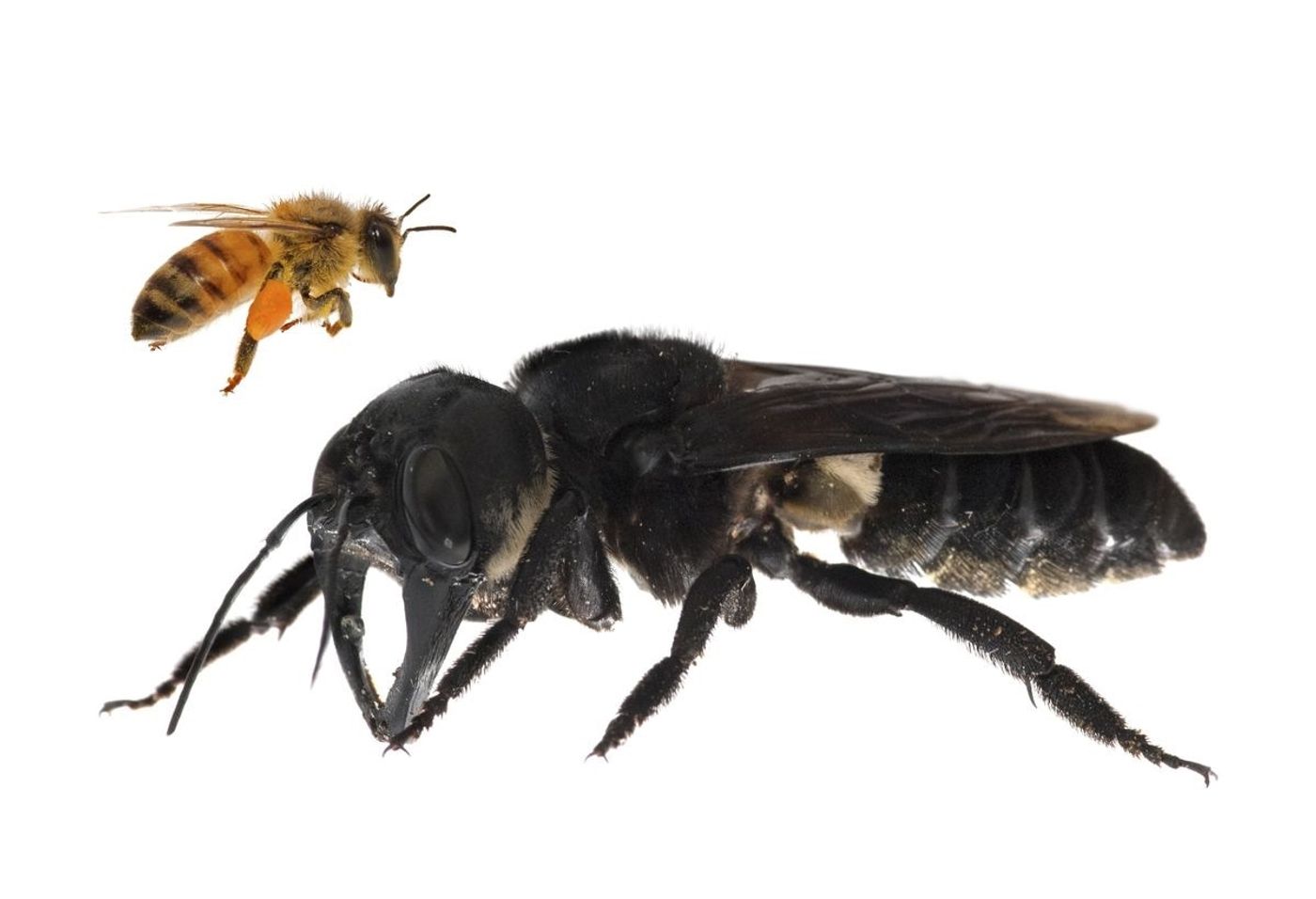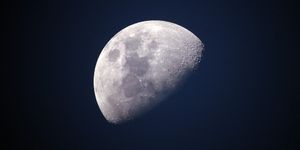'World's Largest Bee' Rediscovered in Wild for the First Time Since 1981
Many people get a bit cringy when they wander within the stinging distance of a regular honeybee, but can you even imagine the pure terror that might ensue from being in the same boat with the world’s largest-known bee species?
Image Credit: Clay Bolt
The holder of that prestigious title is Wallace’s giant bee (Megachile pluto), an impressively-large bee species discovered in 1858 by British naturalist Alfred Russel Wallace. But as intriguing as that may sound, scientists hadn’t officially spotted a living specimen in the wild for nearly four decades, leaving many to question if Wallace’s giant bee had gone extinct.
On the other hand, that all changed somewhat recently when a team of researchers went out on an expedition in a remote Indonesian forest at the beginning of the year. It was then that they had unexpectedly happened upon a female specimen in the wild, and as you might come to expect, the team was quick to grab footage as proof of their encounter with the creature.
"To actually see how beautiful and big the species is in life, to hear the sound of its giant wings, was just incredible," enlightened Clay Bolt, the photographer who captured photos of Wallace’s giant bee on this particular expedition. "My dream is now to elevate this bee to a symbol of conservation in this part of Indonesia, a point of pride for the locals there."
Related: Anthropogenic activity reduces bee diversity, study confirms
Shortly after capturing the insect for a few photographs, it was re-released into the wild so that it could return to its life undisturbed.
The finding was a particularly pleasant surprise to the researchers because many have explicitly set out on expeditions in the past to look for Wallace’s giant bee to no avail. The species is so elusive that the International Union for Conservation of Nature recognizes it as ‘vulnerable’ on the organization’s Red List of Threatened Species.
Albeit wonderful news for conservationists that the bee still exists in the forests of Indonesia, it’s unknown exactly how many remain in the wild, and this small fact leaves tons of wiggle room for uncertainty about the species’ true conservation status and the possibility of employing conservation techniques to help it bounce back.
"I hope this rediscovery will spark future research that will give us a deeper understanding of the life history of this very unique bee and inform any future efforts to protect it from extinction," added researcher Eli Wyman, who also went along on the expedition.
Related: Want to save the bees? Stop cutting your lawn...
It’s worth noting that bees of all kinds are on the decline on a global scale. A plethora of different factors including climate change, over-use of pesticides, and habitat loss are thought to be contributing to this alarming downward trend, and it may have long-term implications for the natural pollination cycle as we know it.
It should be interesting to see whether future expeditions find additional traces of Wallace’s giant bee. After all, its conservation may depend on it.









